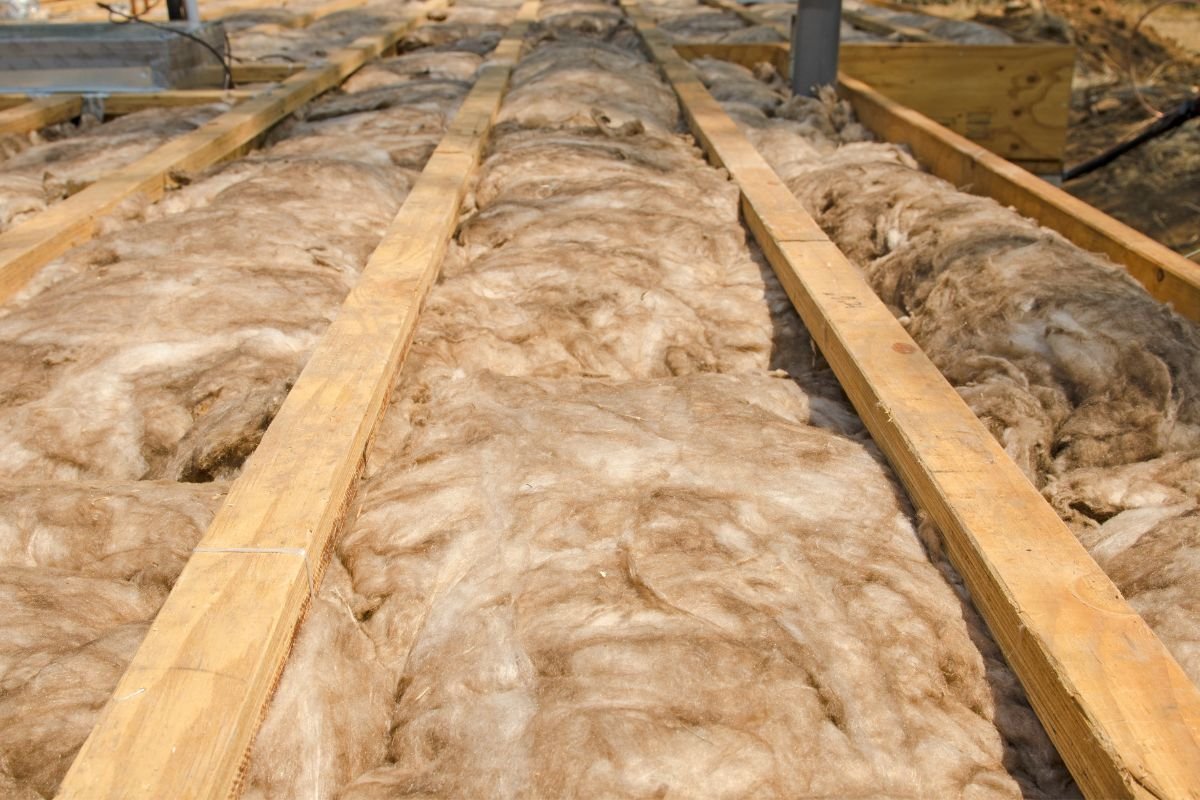

Articles
When Did They Stop Using Asbestos Insulation
Modified: December 7, 2023
Discover when asbestos insulation stopped being used and the potential dangers it posed. Read informative articles and stay informed for your safety.
(Many of the links in this article redirect to a specific reviewed product. Your purchase of these products through affiliate links helps to generate commission for Storables.com, at no extra cost. Learn more)
Introduction
Asbestos insulation was once widely used in buildings due to its fire-resistant properties and affordability. However, it was later discovered that exposure to asbestos fibers can have severe health risks, including the development of asbestos-related diseases like mesothelioma and lung cancer. This led to the implementation of regulations and eventual phase-out of asbestos insulation.
In this article, we will delve into the history of asbestos insulation, the health risks associated with it, the regulations that were put in place to protect public health, and the subsequent shift towards alternative insulation materials. So, let’s explore when asbestos insulation use ceased and the reasons behind it.
Key Takeaways:
- Asbestos insulation, once popular for its affordability and fire resistance, was phased out due to severe health risks. Strict regulations and safer alternatives like fiberglass and mineral wool have replaced its use, prioritizing public health and safety.
- The historical impact of asbestos insulation underscores the importance of responsible construction practices. Awareness of asbestos-containing materials in older structures and adherence to proper handling protocols are crucial for creating safe and healthy building environments.
Read more: When Did Construction Stop Using Asbestos
Understanding Asbestos Insulation
Asbestos insulation refers to the use of asbestos fibers in various forms, such as loose fibers, blocks, or sheets, for thermal insulation purposes. Asbestos is a naturally occurring mineral that consists of microscopic fibers which can easily become airborne when disturbed. These fibers possess high heat resistance and were commonly used in buildings to insulate pipes, boilers, ducts, and other components.
The use of asbestos insulation was prevalent from the late 19th century through the mid-20th century, primarily due to its affordability and excellent fire-resistant properties. Asbestos materials were durable, lightweight, and offered good insulation against heat transfer.
There are different types of asbestos minerals, including chrysotile (white asbestos), amosite (brown asbestos), and crocidolite (blue asbestos). Chrysotile was the most widely used type in asbestos insulation due to its flexible nature.
Buildings constructed during this period often contained asbestos insulation in various forms, such as asbestos-containing insulation boards (ACIB), asbestos-containing pipe insulation (ACPI), and sprayed-on asbestos insulation. It was commonly found in residential, commercial, and industrial buildings, including schools, hospitals, factories, and ships.
However, the widespread use of asbestos insulation came with significant health risks that were not fully understood at the time.
Health Risks Associated with Asbestos Insulation
Exposure to asbestos fibers, especially through inhalation, can pose serious health risks. The microscopic fibers can become lodged in the lungs and other tissues, leading to the development of various asbestos-related diseases.
One of the significant health risks associated with asbestos insulation is the development of mesothelioma, a rare and aggressive form of cancer that affects the lining of the lungs, abdomen, or heart. This disease has a long latency period, meaning it can take several decades for symptoms to appear after initial asbestos exposure.
In addition to mesothelioma, exposure to asbestos insulation can also lead to the development of lung cancer. Asbestos fibers can cause changes in lung tissue, leading to the formation of malignant tumors over time.
Other respiratory conditions linked to asbestos exposure include asbestosis, a chronic lung disease characterized by scarring and inflammation of lung tissue, and pleural plaques, which are areas of thickened and calcified tissue on the lining of the lung or chest wall.
It is important to note that even minimal exposure to asbestos fibers can pose health risks, and there is no known safe level of exposure. Occupations such as construction workers, plumbers, electricians, and asbestos insulation installers were particularly at risk of asbestos exposure due to their direct contact with the material.
Furthermore, people living or working in buildings containing deteriorating asbestos insulation are also susceptible to airborne asbestos fibers. Disturbing or removing asbestos-containing materials without proper precautions can release these fibers into the air, increasing the risk of exposure to occupants.
Given the significant health hazards associated with asbestos insulation, strict regulations were implemented to protect public health and ultimately phase out the use of this hazardous material.
Regulating Asbestos Insulation Use
As the health risks of asbestos insulation became better understood, governments and regulatory bodies implemented measures to control and restrict its use. The goal was to minimize asbestos exposure and safeguard public health.
In the United States, the Environmental Protection Agency (EPA) took a significant step in regulating asbestos through the implementation of the Clean Air Act in 1970. This act gave the EPA authority to regulate the release of asbestos fibers into the air and set strict standards for asbestos-containing materials.
The EPA further strengthened regulations with the Asbestos Hazard Emergency Response Act (AHERA) in 1986. AHERA specifically addressed asbestos in schools, requiring inspections, management plans, and appropriate response actions to reduce the risk of exposure to students and staff.
Internationally, various countries and organizations also enacted regulations to control asbestos use. For example, the European Union (EU) banned the use of asbestos in new construction materials in 2005 and imposed strict regulations regarding the handling and removal of existing asbestos-containing materials.
These regulatory efforts aimed to mitigate the health hazards associated with asbestos insulation. As a result, there was a gradual decline in the use of asbestos in construction and insulation materials.
However, it is important to note that regulations and standards regarding asbestos insulation may vary between countries and regions. It is essential to consult local guidelines and authorities when dealing with potential asbestos-containing materials.
The phase-out of asbestos insulation was driven by the growing awareness of its health risks and the need to protect individuals from exposure. This shift led to the search for alternative insulation materials that could provide similar performance without the associated health hazards.
Asbestos insulation was widely used until the 1970s when its health risks became known. If you suspect your home has asbestos insulation, it’s important to have it tested and removed by a professional.
Phase-Out of Asbestos Insulation
The phase-out of asbestos insulation was a gradual process that occurred over several decades. It was driven by increasing evidence of the health risks associated with asbestos exposure and the implementation of regulations to protect public health.
In many countries, the use of asbestos insulation began to decline in the 1970s as awareness of its health hazards grew. This marked the beginning of efforts to replace asbestos-containing materials with safer alternatives.
One of the key factors that contributed to the phase-out was the development of new insulation materials that provided comparable thermal properties without the health risks of asbestos. These alternatives included fiberglass, mineral wool, cellulose, and foam insulation.
The removal and replacement of asbestos insulation were often carried out during building renovations or demolitions. Proper abatement procedures and safety measures were implemented to minimize the release of asbestos fibers into the air during these processes.
In some cases, partial removal of asbestos insulation was conducted, especially when complete removal was not deemed necessary or feasible. These situations often required encapsulation or enclosure of the asbestos-containing material to prevent fiber release and protect against exposure.
Over time, the phase-out of asbestos insulation became more widespread, with regulations and public awareness increasing. As a result, the presence of asbestos in buildings became less common.
However, it is important to note that old buildings, particularly those constructed before the implementation of asbestos regulations, may still contain asbestos insulation. In such cases, it is essential to follow proper protocols for handling, abatement, and removal when encountering asbestos-containing materials.
Asbestos insulation is now highly regulated, and its use is heavily restricted or banned in many countries. The focus has shifted towards managing existing asbestos materials to prevent fiber release and potential exposure.
The phase-out of asbestos insulation signifies a recognition of the health risks associated with its use and a commitment to protect individuals from the dangers of asbestos exposure.
Read more: When Did They Stop Using Mercury In Mirrors
Alternative Insulation Materials
With the phase-out of asbestos insulation, there was a need to find alternative materials that could provide effective thermal insulation without the health risks associated with asbestos.
Fiberglass insulation quickly emerged as one of the most popular alternatives to asbestos. It is made from fine glass fibers and is widely used in residential and commercial buildings. Fiberglass insulation is highly effective in reducing heat transfer and is relatively easy to install. It is available in various forms, such as batts, rolls, and loose fill.
Mineral wool, also known as rock wool or slag wool, is another common alternative to asbestos insulation. It is made from natural minerals, such as basalt or slag, and offers excellent thermal and acoustic insulation properties. Mineral wool is available in batts, boards, and loose fill forms and is commonly used in both residential and industrial applications.
Cellulose insulation is made from recycled paper and treated with fire-retardant chemicals. It is a popular choice for environmentally conscious builders and offers good thermal insulation properties. Cellulose insulation is typically blown into wall cavities or attics and provides effective resistance to heat transfer.
Foam insulation, such as polyurethane foam or expanded polystyrene (EPS), is another alternative to asbestos insulation. Foam insulation provides excellent thermal insulation properties and can be used in various applications, including walls, roofs, and foundations. It is commonly available in rigid boards or sprayed-on forms.
Reflective insulation is a unique type of insulation that helps to reflect heat rather than absorb it. It consists of a reflective material, such as aluminum foil, applied to a substrate material. Reflective insulation is primarily used to provide radiant heat barrier, especially in hot climates.
Other alternative insulation materials include natural fibers like cotton, sheep’s wool, and hemp fibers. These materials are eco-friendly and have good insulation properties. They are becoming increasingly popular in sustainable building practices.
It is important to note that the choice of insulation material depends on factors such as building requirements, climate, and personal preferences. Consulting with insulation professionals or architects can help determine the most suitable insulation material for specific projects.
The availability of safe and effective alternative insulation materials has made it possible to phase out asbestos insulation while still ensuring optimal thermal comfort and energy efficiency in buildings.
Historical Perspective on Asbestos Insulation
The use of asbestos insulation dates back to ancient times, as early civilizations recognized its heat-resistant properties. However, it wasn’t until the Industrial Revolution that asbestos insulation became widely adopted within the construction industry.
In the late 19th century, the industrial production of asbestos began, and asbestos insulation quickly gained popularity due to its affordability, availability, and excellent fire-resistant qualities. It was used extensively in buildings, ships, and industrial applications.
Demand for asbestos insulation increased during World War II, as it was utilized in military ships, aircraft, and buildings. The construction boom of the mid-20th century further fueled the use of asbestos insulation in residential, commercial, and industrial settings.
Unfortunately, the health risks associated with asbestos exposure were not fully understood during this time. Asbestos insulation workers, construction workers, shipbuilders, and other individuals who handled asbestos on a regular basis were unknowingly exposed to the harmful fibers.
In the 1960s and 1970s, the link between asbestos exposure and serious health conditions, particularly mesothelioma and lung cancer, became clearer. Medical studies and reports started to shed light on the dangers of asbestos, leading to increased scrutiny and public concern.
Government agencies and regulatory bodies started to take action to regulate and control the use of asbestos insulation. The implementation of stringent regulations and guidelines aimed to protect workers and the general public from asbestos-related health risks.
In the late 20th century and early 21st century, understanding of the health hazards of asbestos insulation grew, leading to stricter regulations and a gradual shift towards alternatives. Asbestos-containing materials were phased out, and the focus turned towards managing and safely removing existing asbestos in buildings.
Today, the use of asbestos insulation is heavily regulated or completely banned in many countries. The legacy of asbestos-containing materials poses ongoing challenges in the renovation and demolition of older structures, necessitating proper abatement protocols and safety measures.
While asbestos insulation played a significant role in the construction industry in the past, its health risks have led to a historical perspective that emphasizes the importance of safe and responsible construction practices.
Conclusion
The use of asbestos insulation in buildings was once widespread due to its affordability and fire-resistant properties. However, the discovery of its severe health risks, including the development of mesothelioma and lung cancer, led to the implementation of regulations and a gradual phase-out of asbestos insulation.
Understanding the health risks associated with asbestos insulation prompted governments and regulatory bodies to take action. Strict regulations were put in place to control its use, protect workers and the general public, and minimize exposure to asbestos fibers.
Asbestos insulation was gradually replaced by safer alternatives, such as fiberglass, mineral wool, cellulose, and foam insulation. These alternative materials offer comparable thermal properties without the associated health hazards.
Efforts to phase out asbestos insulation continue to this day, with a focus on managing and safely removing existing asbestos in buildings. Asbestos-containing materials are heavily regulated or banned in many countries, and the awareness of safe construction practices has increased significantly.
While asbestos insulation had a significant historical impact on the construction industry, the health risks associated with it have led to a shift towards responsible construction practices and the use of safer materials.
It is important for builders, contractors, and individuals involved in construction or renovation projects to be aware of the potential presence of asbestos-containing materials in older structures and to follow proper protocols for handling and removal.
Asbestos insulation may be a part of our history, but it serves as a reminder of the importance of prioritizing health and safety in the construction industry, both for the individuals involved and for the occupants of buildings.
By embracing safer alternatives and adhering to strict regulations, we can create buildings that provide thermal comfort without compromising the well-being of those who inhabit them.
Frequently Asked Questions about When Did They Stop Using Asbestos Insulation
Was this page helpful?
At Storables.com, we guarantee accurate and reliable information. Our content, validated by Expert Board Contributors, is crafted following stringent Editorial Policies. We're committed to providing you with well-researched, expert-backed insights for all your informational needs.
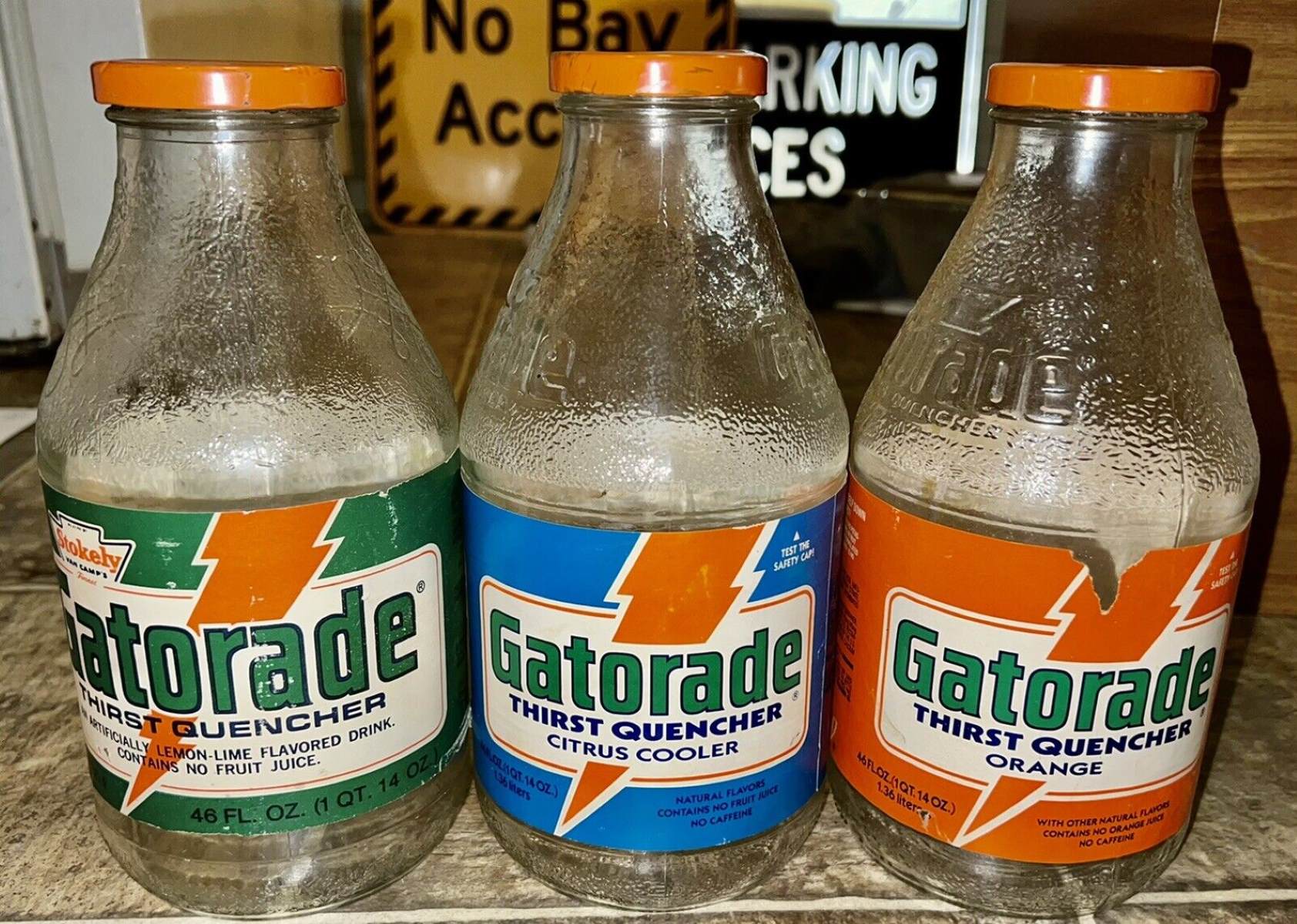




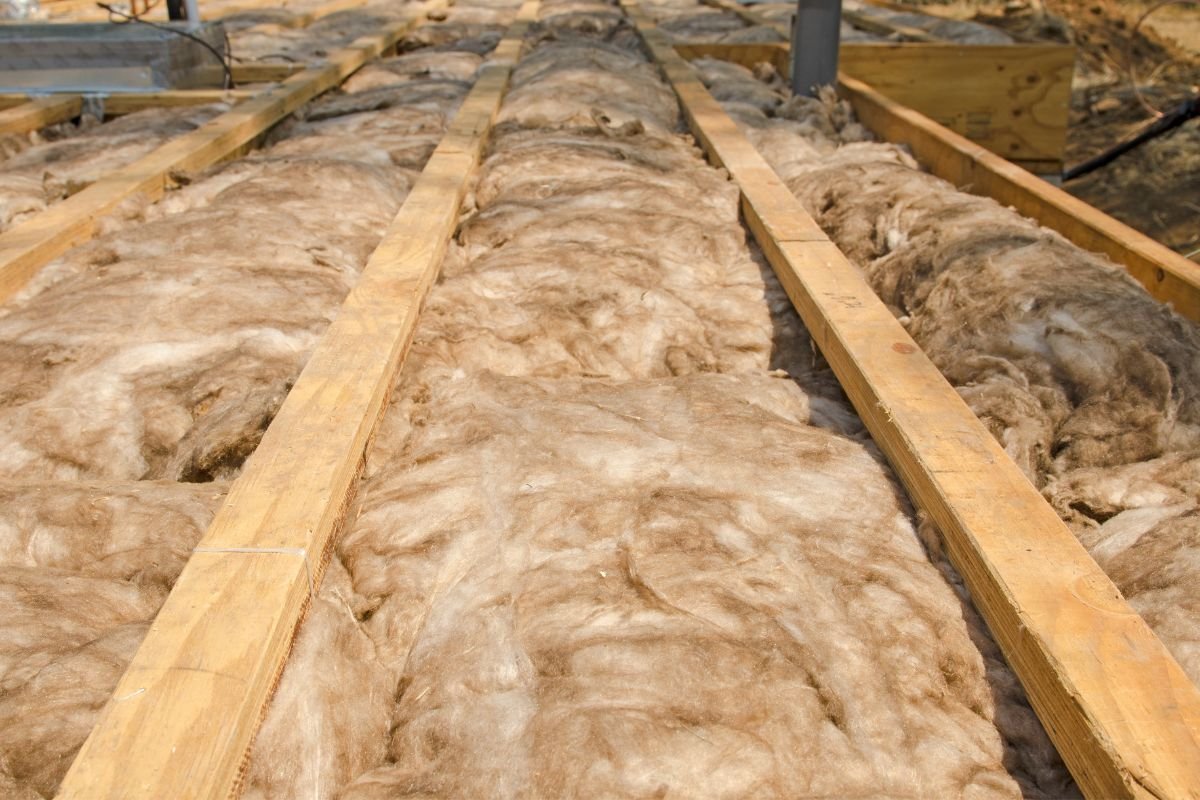

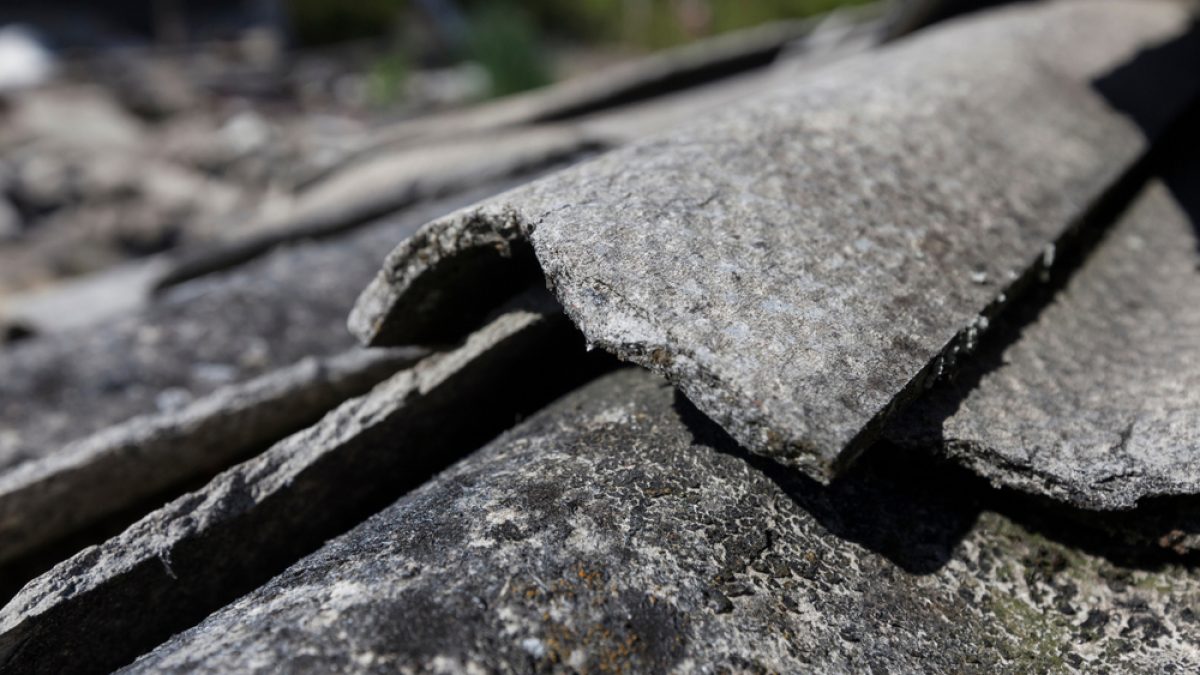
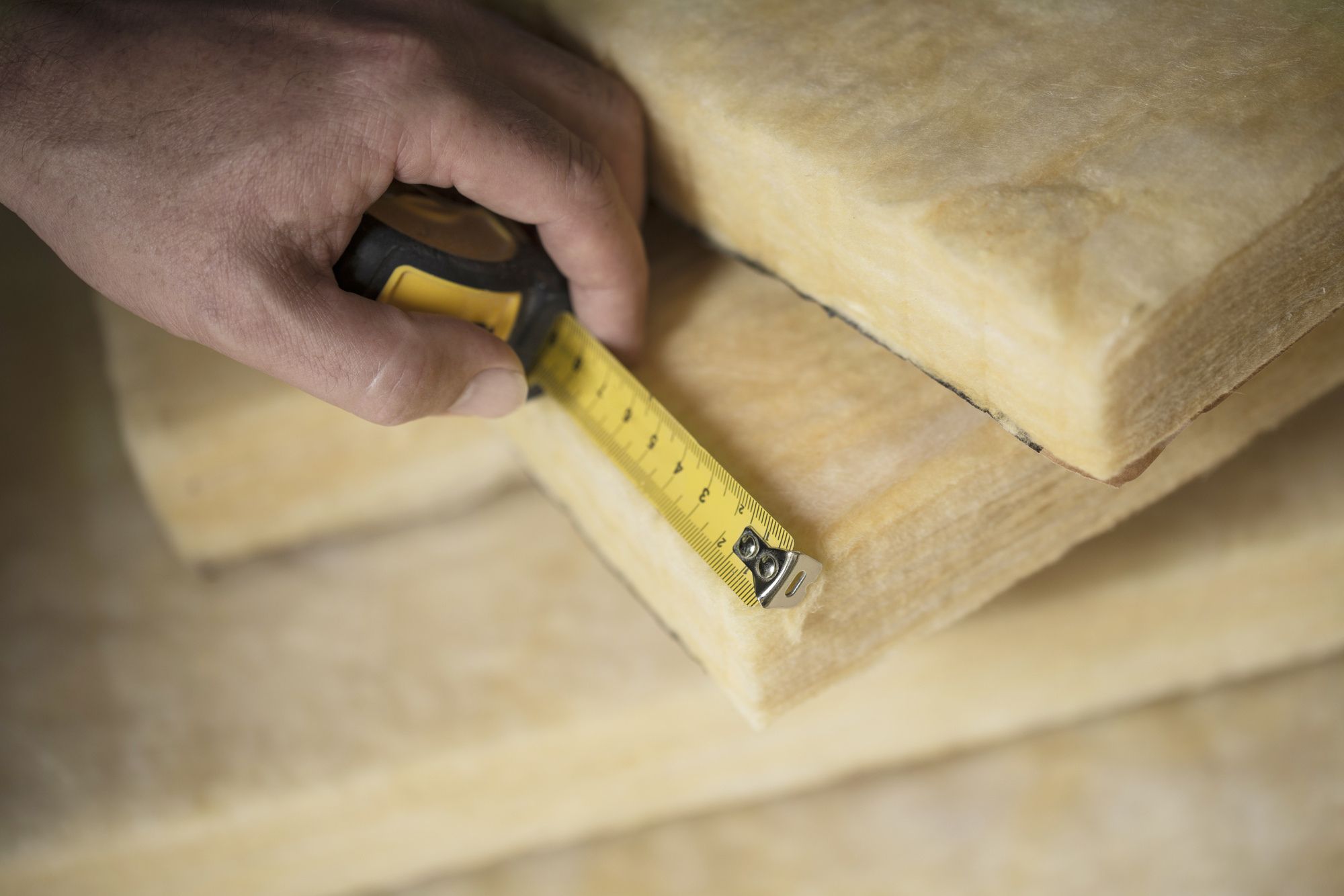
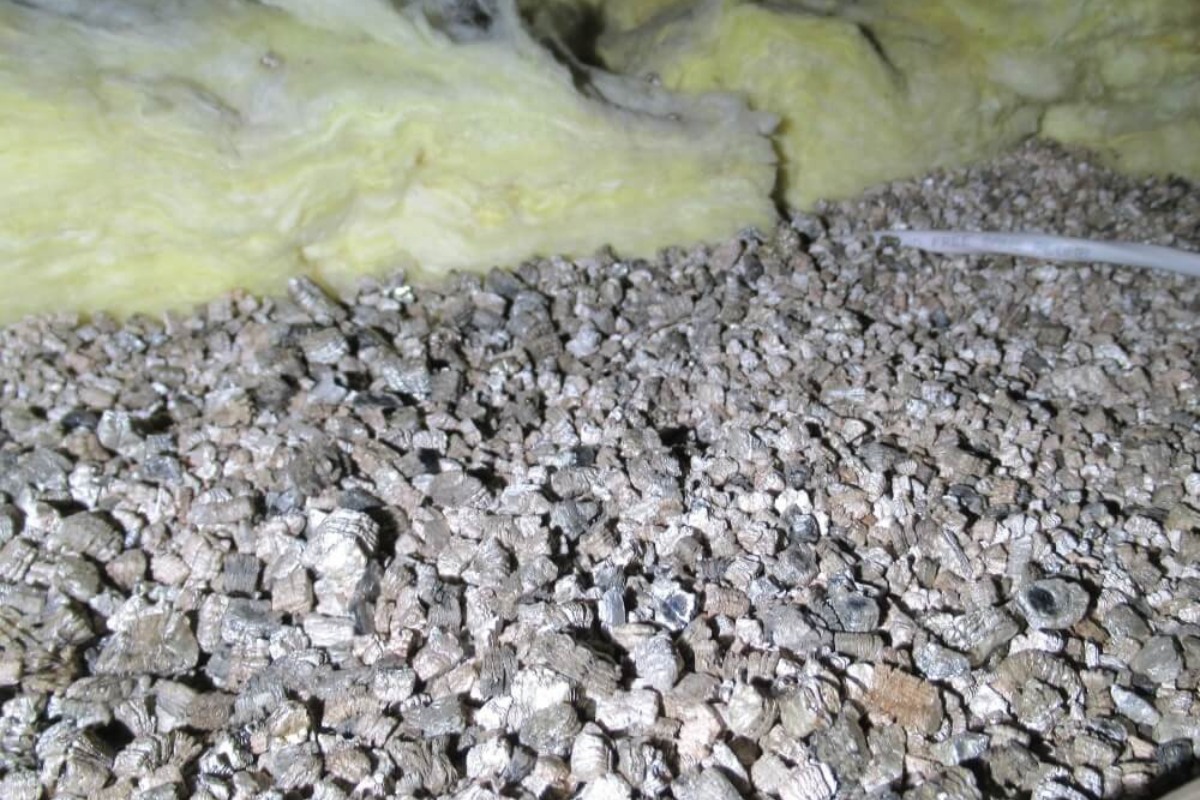
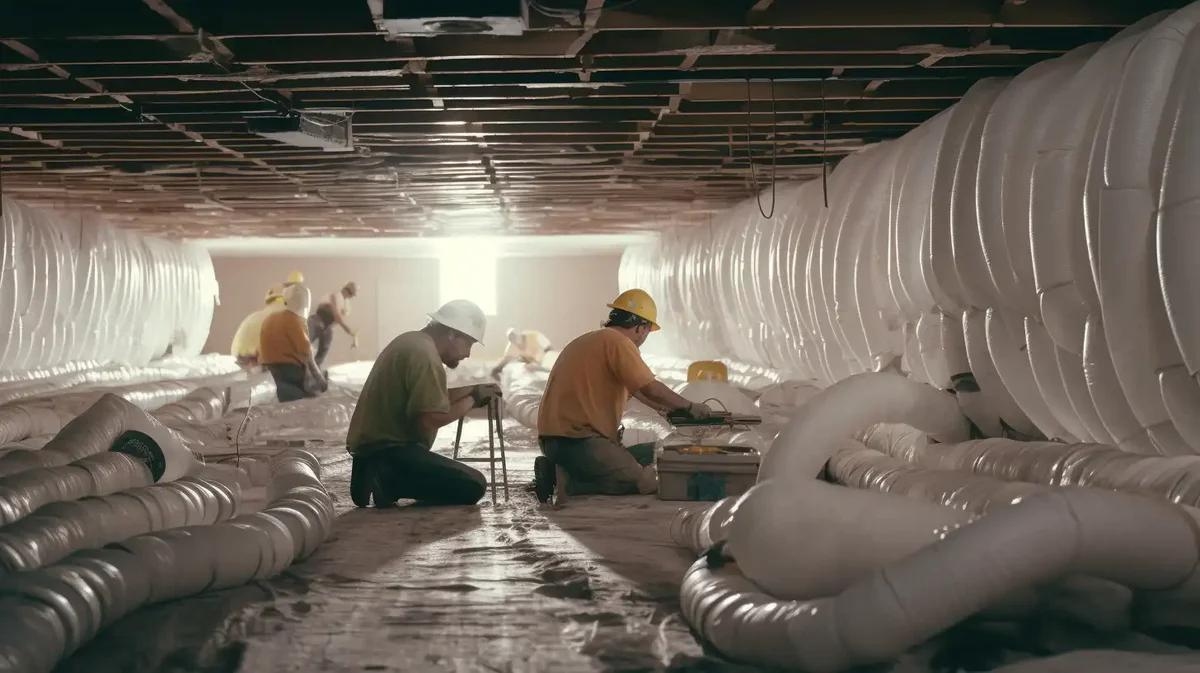
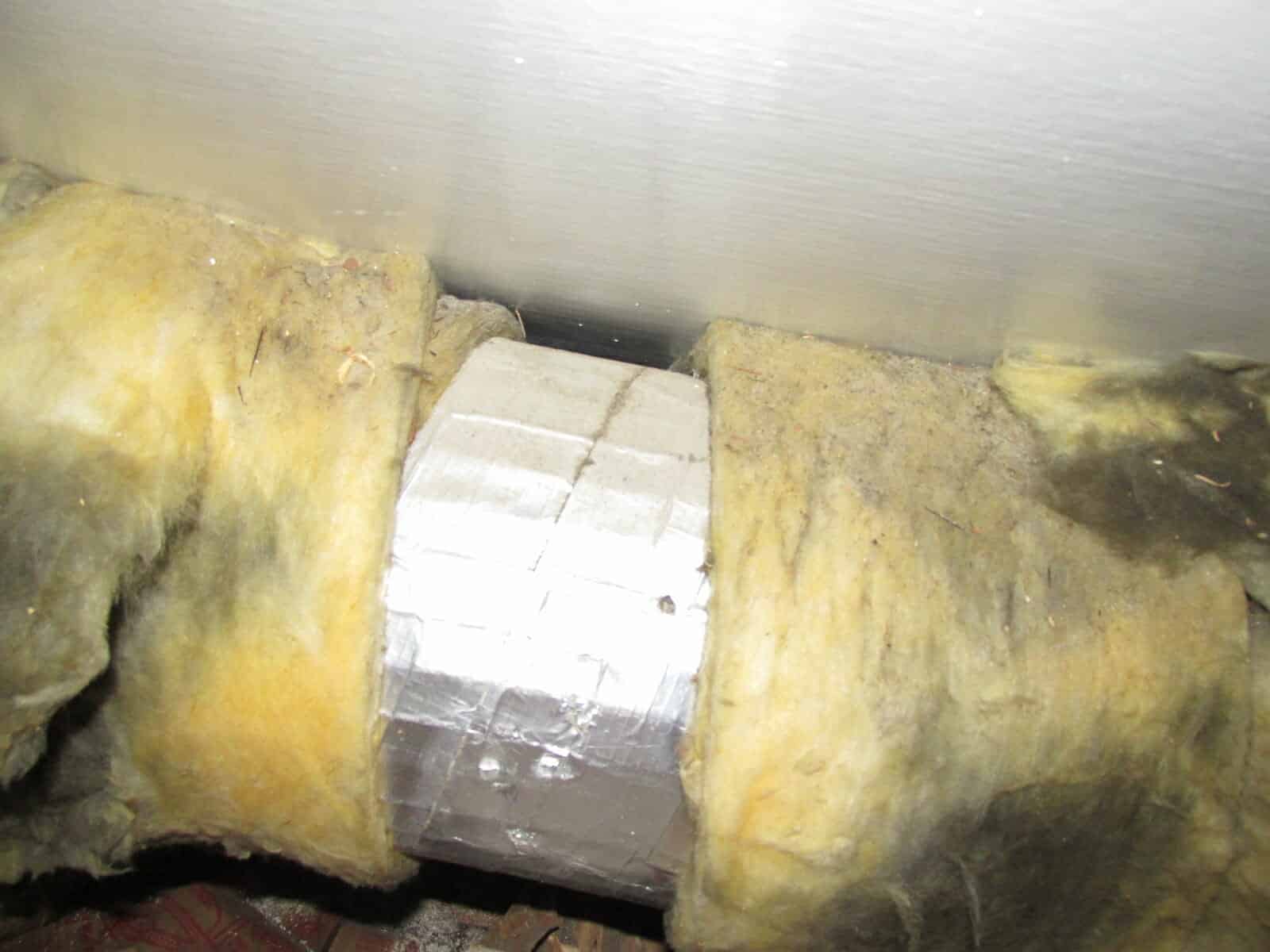
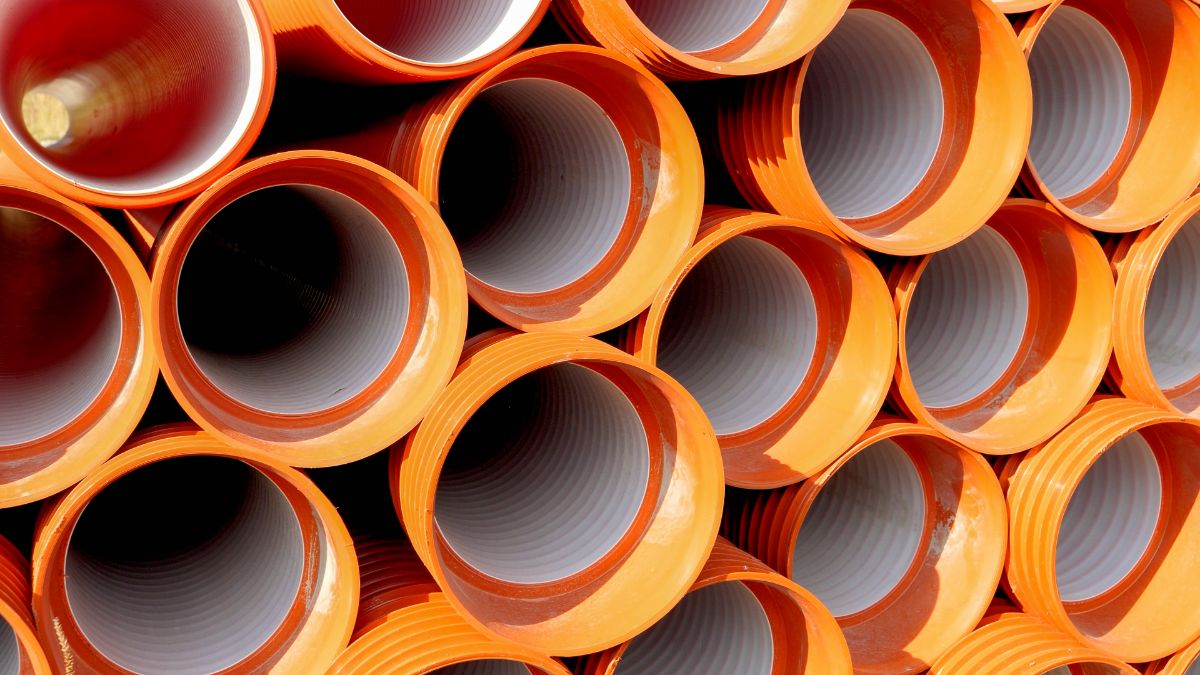
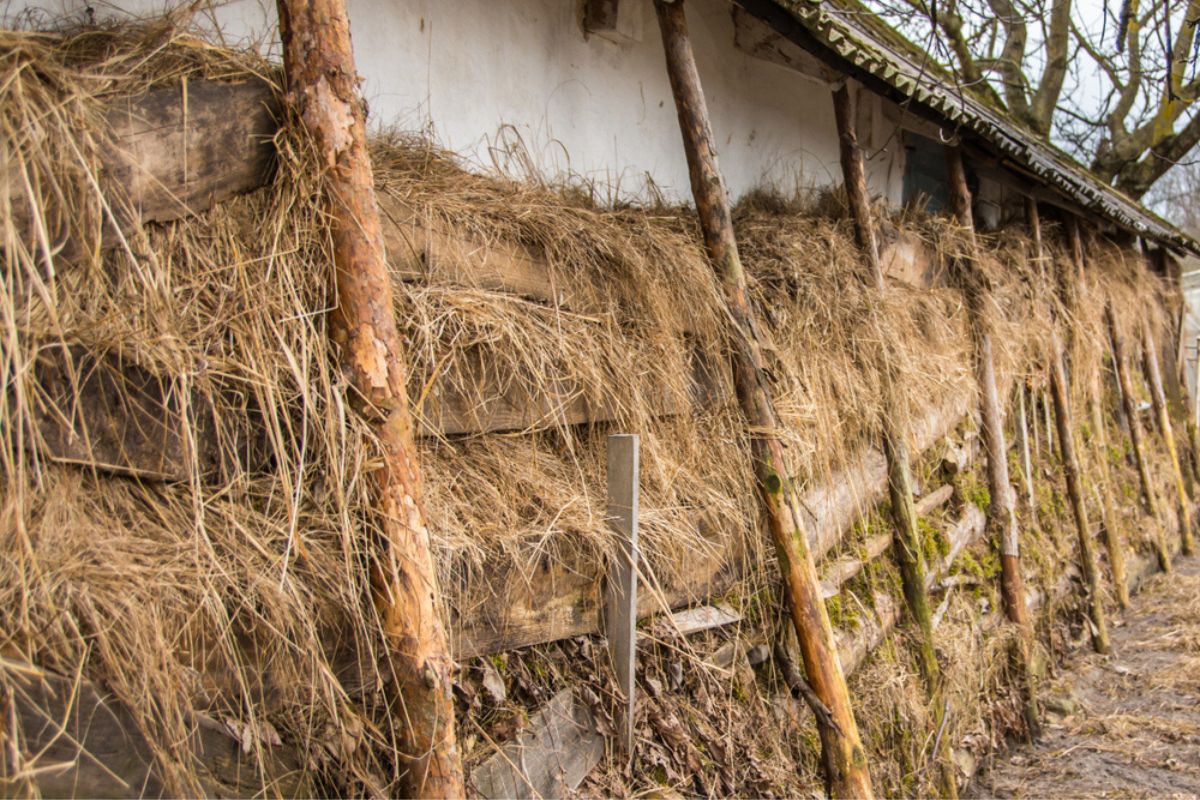

0 thoughts on “When Did They Stop Using Asbestos Insulation”